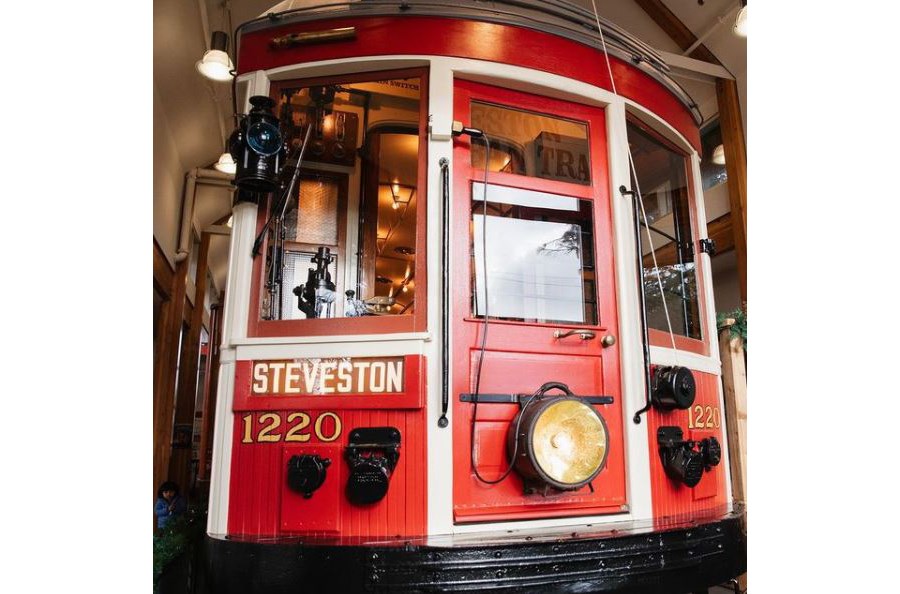Richmondites will soon be able explore a piece of the city’s history again.
The Steveston Tram is reopening to the public on Sept. 9, after closing last year due to the pandemic. It will be open on Thursdays to Sundays from noon to 4 p.m.
Now that provincial guidelines have relaxed, city staff felt it was the right time to reopen the tram facility, said Rebecca Clarke, the city’s manager of museum and heritage services.
“We’ve been working these past few weeks to make that happen and to get some staffing lined up and refresh some of the displays inside,” she said.
“So we’re excited – I know that we have many little children pressing their faces against the window wanting this building to be reopened. So we’re excited to be able to open it to them again… I know we have quite a few who used to visit almost daily.”
There’s also some new displays on the tram itself to illustrate the people who used it and the types of things they carried with them as they travelled back and forth on the line, which ran between Steveston and Vancouver.
“(That) can be very interesting because there were many farmers and people selling their agricultural products via the tram, cannery workers, people travelling to Vancouver for exciting nights out – so we’re trying to illustrate some of those fun stories with these displays,” Clarke said.
One of the stories that’s popular, she said, is the time when one of the local farmers was travelling on the tram and their pig got loose.
“So we’ve got a pig on the tram for kids to try and find… So I think they will enjoy that one particularly, as well as some other farm animals, like chickens.”
Clarke added that, on the days the tram is closed, staff will be continuing to install new elements and hope over the coming months to be “presenting a more fulsome story of the tram and how important it was to the community in terms of transportation and connecting people to jobs and families and other places.”



